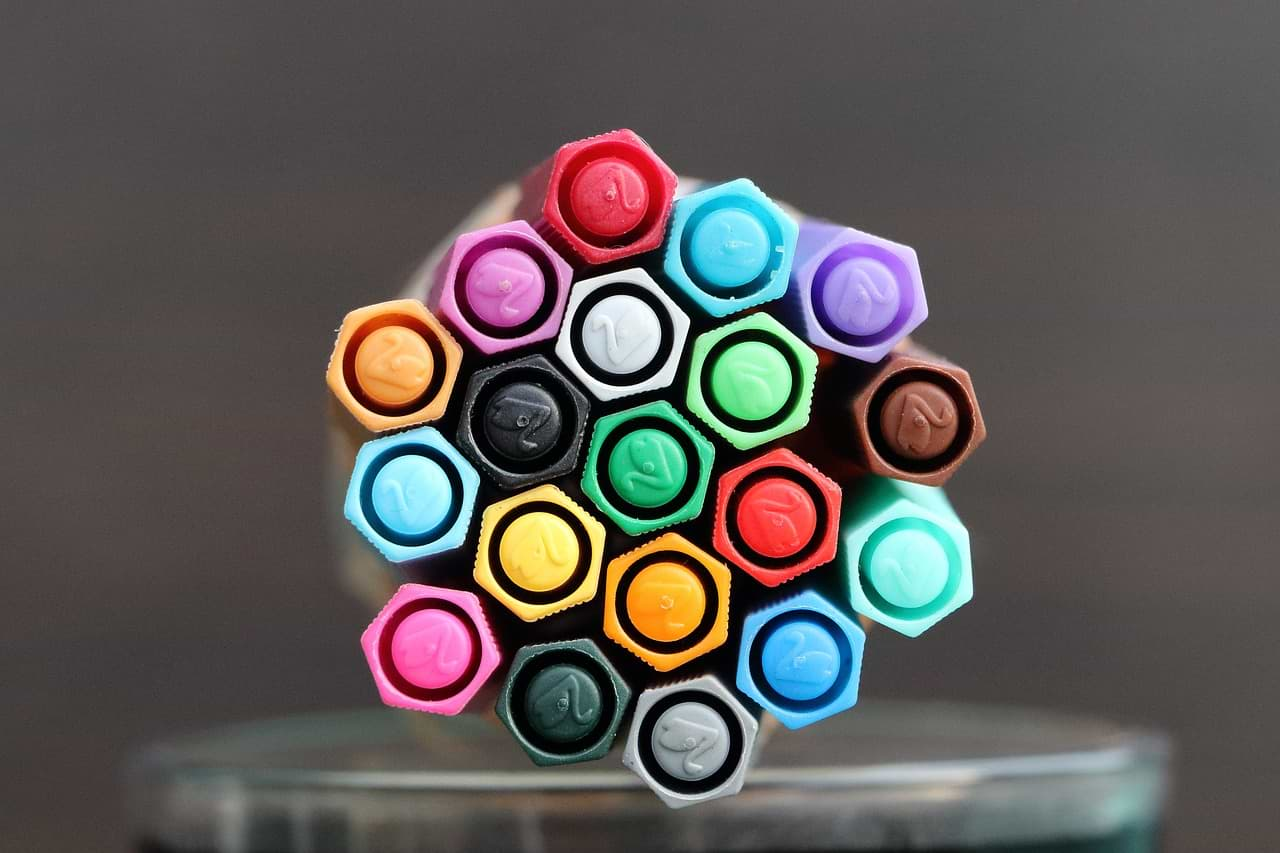In recent times, there has been a surge of interest among creative individuals in soilless gardening methods . These innovative techniques offer a space-efficient and resource-friendly approach to cultivating plants. Among the numerous methods gaining popularity, two stand out: aeroponics and hydroponics. Both allow plant enthusiasts to grow crops without traditional soil, optimizing nutrient delivery and water usage.
This article compares aeroponics and hydroponics comprehensively, helping plant enthusiasts make informed decisions to achieve optimal growth and bountiful harvests in their indoor or outdoor gardens.
- Understanding Aeroponics and Hydroponics
- Comparing Aeroponics and Hydroponics: The Basics
- Components and Setup
- Water and Nutrient Efficiency
- Plant Growth and Yield
- Maintenance and Care
- Environmental Impact
- Versatility and Suitable Plants
- DIY Projects and Cost Considerations
- Choosing the Right System for Your Needs
- Future Trends and Innovations
Understanding Aeroponics and Hydroponics
Aeroponics and hydroponics are soilless gardening methods revolutionizing modern agriculture. Aeroponics involves suspending plant roots in a misted environment, providing them with oxygen and nutrients. Hydroponics, conversely, immerses roots in a nutrient-rich water solution, eliminating the need for soil. Aeroponics traces its origins back to NASA’s research in the 1990s, seeking efficient ways to grow plants in space. Hydroponics, dating back to ancient civilizations, saw significant advancements in the 20th century. Today, both methods have gained momentum for their water and space-saving capabilities, making them vital components of sustainable agriculture and indoor gardening.
Comparing Aeroponics and Hydroponics: The Basics
Aeroponics
In aeroponic systems, plant roots are suspended in a misted environment, receiving essential nutrients and water through a fine spray. This method promotes rapid growth and maximizes nutrient absorption. Advantages include efficient water usage and increased oxygen to roots. However, it requires precise monitoring and is prone to clogging.
Hydroponics

In hydroponic systems, plant roots are immersed in a nutrient-rich water solution, providing optimal nourishment directly. This method promotes fast growth and enables precise nutrient control. Advantages include water conservation and space efficiency. Nevertheless, it demands careful pH and nutrient balance management.
Components and Setup
Aeroponics Systems
The critical components of aeroponic systems include spray nozzles, a reservoir for nutrient solution, and a plant support structure. DIY setups may use misters or PVC pipes, while commercial arrangements feature advanced misting technology. Examples of commercial systems are AeroFarms and Tower Garden.
Hydroponics Systems
Hydroponic systems utilize growing media like perlite or clay pellets to support plants and a nutrient solution reservoir to nourish roots. Popular hydroponic methods include Nutrient Film Technique (NFT), Deep Water Culture (DWC), and Ebb and Flow. Commercial systems like the CropKing NFT System and General Hydroponics’ WaterFarm are widely used.
Water and Nutrient Efficiency
Aeroponics stands out for its exceptional water-saving capabilities, using up to 98% less water compared to traditional soil-based methods. Similarly, hydroponics boasts significant water efficiency, typically using 10-20% less water than conventional farming. Various studies have shown that both ways optimize nutrient uptake, enhancing overall plant growth and yield.
Plant Growth and Yield
Aeroponics and hydroponics demonstrate accelerated plant growth rates and higher yields compared to traditional soil-based methods. Case studies have reported impressive outcomes , with gardeners achieving substantial harvests and exceptional crop quality using each method.
Maintenance and Care
Aeroponic systems may require more meticulous monitoring due to the delicate misting process, while hydroponic systems demand regular nutrient solution management and pH balancing. Ensuring proper lighting, ventilation, and sterilization helps maintain thriving plants in both systems.
Environmental Impact

Both aeroponics and hydroponics contribute positively to the environment by conserving water, reducing the need for pesticides, and minimizing land usage. Studies highlight how these soilless systems offer sustainable alternatives to traditional agriculture, addressing food security and environmental concerns.
Versatility and Suitable Plants
Aeroponics and hydroponics accommodate a wide range of plants, particularly leafy greens, herbs, and fast-growing vegetables like lettuce, spinach, and basil. Aeroponics excels in growing delicate plants like orchids and strawberries, while hydroponics is ideal for crops like tomatoes, peppers, and cucumbers, showcasing their versatility.
DIY Projects and Cost Considerations

DIY aeroponic systems can be affordable with PVC setups, while hydroponic systems vary based on the chosen method and materials. Enthusiasts have created innovative setups using recycled materials like plastic bottles and containers, showcasing their creativity and cost-effectiveness. With commercial setups, aeroponics proves to be more expensive than hydroponics.
Choosing the Right System for Your Needs
Consider factors such as available space, desired crop types, and specific goals. Case studies reveal how urban dwellers with limited space prefer compact aeroponic systems for herbs, while hydroponics suits larger scale vegetable production, demonstrating personalized decision-making.
Future Trends and Innovations
Future trends in aeroponics and hydroponics include AI-driven monitoring systems, vertical farming advancements, and sustainable energy integration. Ongoing research explores nutrient optimization and hybrid systems, like aquaponics, fostering closed-loop and eco-friendly approaches to modern agriculture.
Aeroponics and hydroponics offer distinct approaches to soilless gardening, each with unique advantages and benefits. While aeroponics excels in water efficiency and versatility for delicate plants, hydroponics boasts versatility for various crops. Both methods offer exciting possibilities for sustainable gardening, and the choice ultimately depends on individual preferences and gardening aspirations. Embrace the method that aligns with your space, resources, and desired crop selection as you embark on a rewarding journey toward successful and bountiful harvests.




